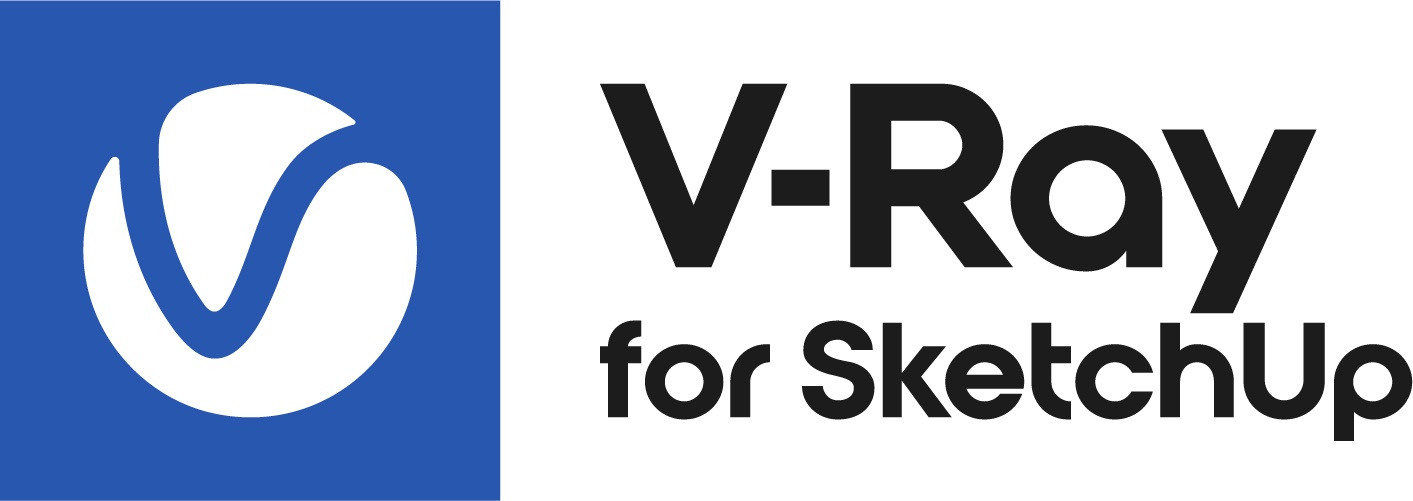This page provides details on the Swarm rollout in the V-Ray Asset Editor.
Overview
The new V-Ray Swarm is a web-based distributed rendering system. It’s a simple, yet powerful way to split your rendering across multiple computers.
Each machine participating in the render job, including the workstation initiating the rendering process, requires a V-Ray Render Node license.
It is important to prepare the network of nodes that take part in the render job before beginning the rendering process. To set up your origin node, follow the steps on the How To Set Up Swarm Clusters page.
If there are multiple origins, remove the redundant ones by closing the Origin script command lines on all machines except for one. Then, make sure to restart the Swarm service on the non-Origin machines.
UI Path
||V-Ray Asset Editor|| > Settings > Swarm
Swarm
Enabled – Turns Swarm, V-Ray's web-based distributed rendering system, on or off.
V-Ray SWARM ( ) – Opens up the V-Ray Swarm web interface of the current machine. Alternatively, it can be accessed by typing in the IP address of the current machine on the default port 1113. This allows you to see the swarm render node machines available for rendering jobs in your network. You can see which of the render node machines are connecting to the particular machine that is casting out the render to the Swarm by the IP address next to its status. This interface also allows you to configure the render node machines, tag them, or monitor their resource utilization while rendering.
Tags
Tags allow you to tag this node with a descriptor that defines something about the machine, which we can later use to selectively control from inside SketchUp.
For example, tags can denote whether this machine is one of a few with a powerful GPU or if it is not a workstation or a node on a render farm.
For information on how to use Tags, see the Swarm Configuration page.
Once the render process is initiated, machines marked with the selected tags load the scene and assist with the rendering.
Don't Use Local Machine
When enabled, the local machine is not used for rendering, while the other Swarm nodes are rendering the image.
Footnotes
- Overall Bucket image sampler is recommended for production distributed rendering jobs.

